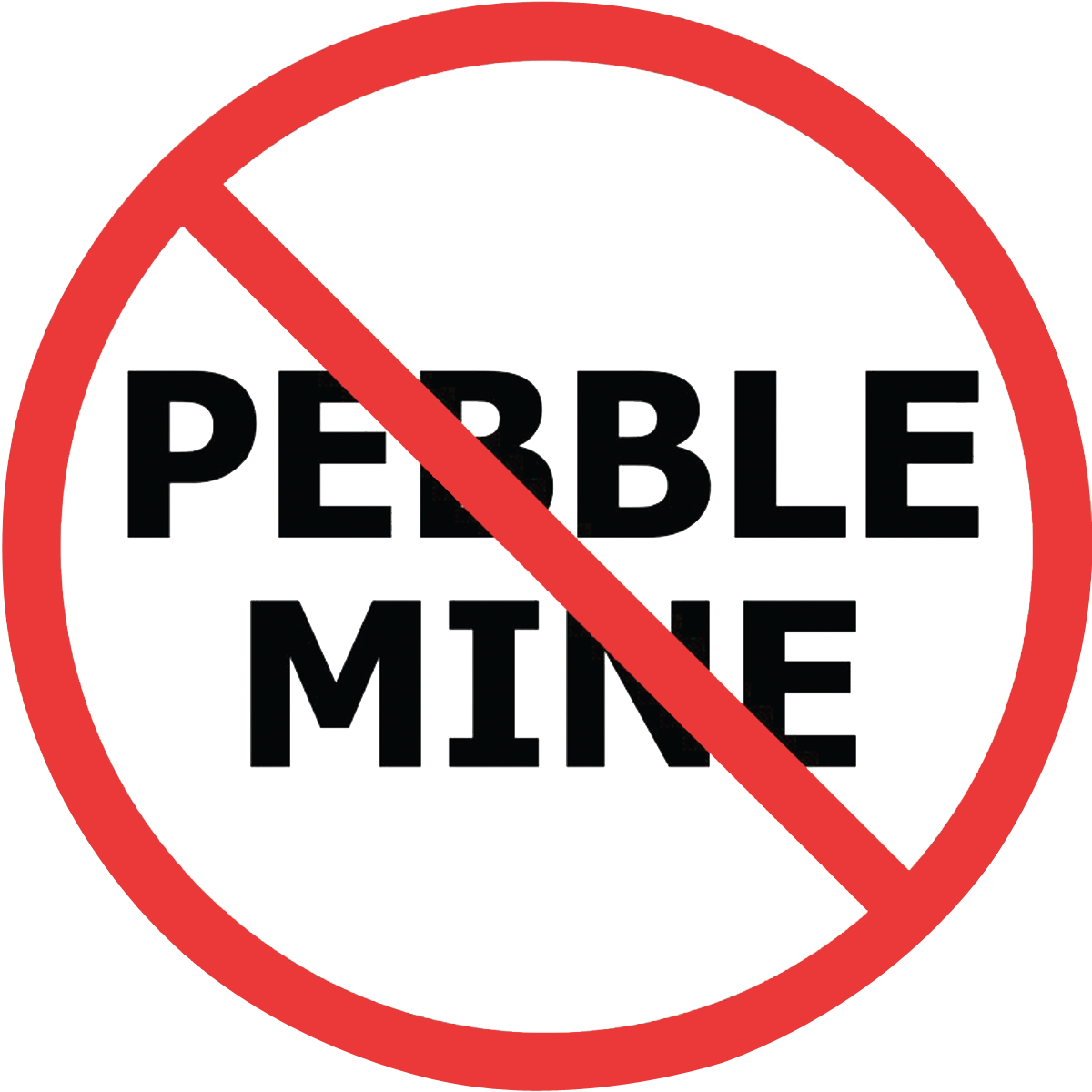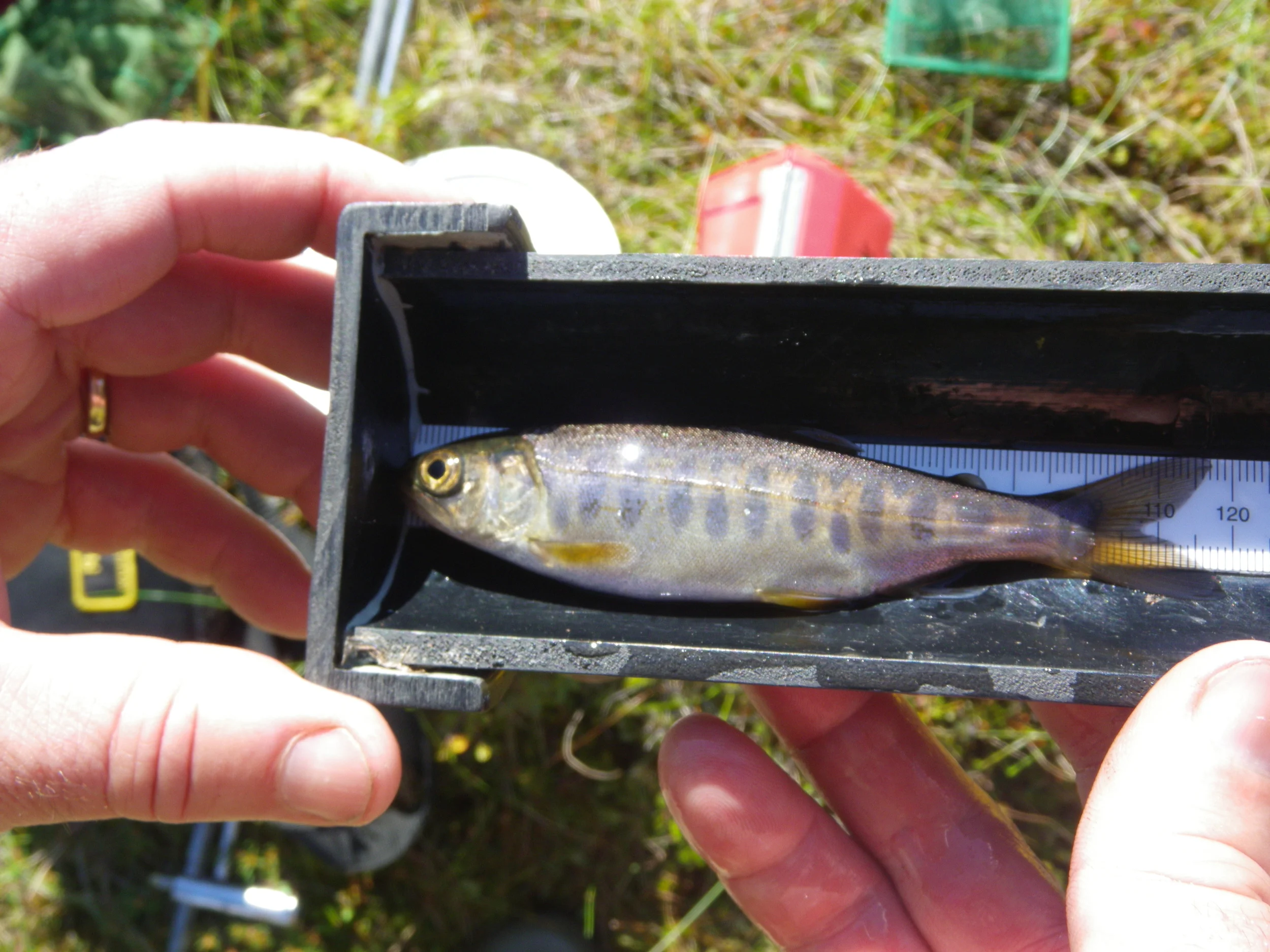Photo by Fly Out Media
Bristol Bay Watershed Assessment: Mining & salmon cannot safely co-exist in Bristol Bay
On May 18, 2012, the EPA released its draft Watershed Assessment of Bristol Bay. This 339-page scientific report -- more than a year in the making -- concludes that even without a major accident or catastrophe, a mine the size of the Pebble deposit will eliminate or block up to 87 miles of salmon streams and remove or bury up to 4200 acres of wetlands that are part of salmon habitat.
At minimum size, mining the Pebble deposit would create a more than 1300 acre mine pit, a 3600 acre tailings compound behind a 685-foot high earthen dam and another 2300 acre waste rock pile.
Other key findings from the assessment include:
Bristol Bay’s wild salmon fishery and other natural resources provide at least 14,000 full and part-time jobs and is valued at about $480 million annually.
The average annual run of sockeye salmon is about 37.5 million fish.
EPA evaluated four types of large-scale mine failures, and found that even though precise estimates of failure probabilities cannot be made, evidence from other large mines suggest that “at least one or more accidents of failures could occur, potentially resulting in immediate, severe impacts on salmon and detrimental, long-term impacts on salmon habitat.”
You can view the entire report on the EPA's main Bristol Bay page.
Thank you to everyone who filed a comment to the EPA to support their detailed science and urged them to protect Bristol Bay from large-scale industrial mining through the Clean Water Act. Please check back for the status of this process or get involved.


